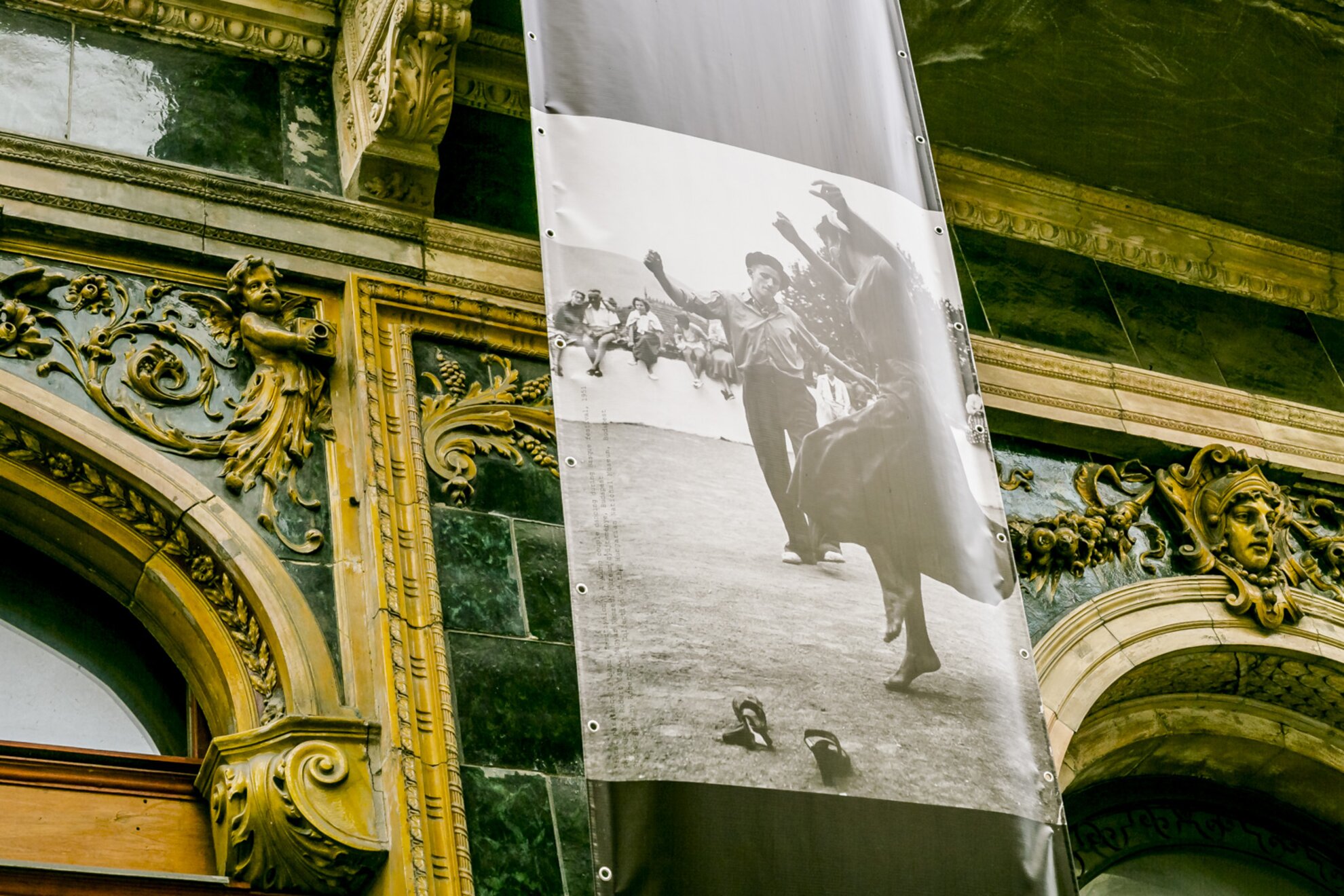
CITYPASS
The SzigetCITYPASS offers full use of Budapest’s public transport of trams and buses and the metro and HÉV suburban rail lines within the city limits, which includes Filatorigát station nearest the festival.
Pass holders also have free use of the Sziget shuttle bus between Budapest Airport and the festival, and discounted tickets for the Sziget transport boat that runs every 15 minutes during the festival.
In addition, the CITYPASS grants one-time free entry to one of Budapest’s iconic spas, and half-price admission to several museums.
Passes are available for two, five and all 13 days, for €15, €25 and €39 respectively, valid for 24 hours from midnight to midnight, from main sales points such as the airport, Keleti station, Akvárium Klub in the city centre, at major transport stops and the Sziget Festival site.

Baths and spas
Budapest is the spa centre of Europe, as the city sits on a patchwork of hot springs that spout mineral-rich healing waters into numerous thermal baths, many dating back centuries. The selection of spas is so varied that certainly everyone finds something to their liking, be it plunging into the past at an authentic Turkish bath, a bit of fun amid whirlpools, healing a hangover or a muscle-melting massage. The warm waters are said to be capable of curing just about any hangover known to man.

Your CITYPASS allows a free visit to one of a dozen spas and pool complexes around the city, including the ornate, sprawling Széchenyi Baths in the City Park, the historic Gellért Baths overlooking Liberty Bridge, and the revamped Rudas with its panoramic communal jacuzzi. If fun is top priority, then head for the Palatinus on Margaret Island, or the Római Baths, three HÉV stops up Filatorigát station, all with slides and plenty of space to chill and sunbathe.
For details of Budapest’s best spas and baths, see our Ultimate Guide.

Museums and culture
Some 20 museums and galleries around Budapest offer half-price admission to Sziget ticket and CITYPASS holders, allowing you to explore every aspect of local culture, from iconic photography to urban neon.
Of the current exhibitions, don’t miss Frida Kahlo at the Hungarian National Gallery in the Castle District, showing 30 or more paintings by the revered Mexican artist. On show at the Ludwig Museum, by the riverbank in south Pest, is a series of works by Sam Havadtoy, long-term Hungarian companion of Yoko Ono, in which he interprets the years they spent together in New York.

Having produced such renowned masters of the lens as Robert Capa and André Kertész, Budapest is a haven for aficionados of photography. The Robert Capa Center on Nagymező utca near Oktogon is currently showing works by Garry Winogrand, Women Are Beautiful, shot around his native New York in the 1960s and 1970s. Further along Nagymező utca, the Mai Manó House is a gallery converted from the former studio of a royal photographer from the late 1800s. On view is a project by Dutch artist Dana Lixenberg, whose Imperial Courts captures the street life of South Central LA.
Elsewhere around town, museums cover subjects as diverse as Asiatic arts, the age of the dinosaurs and World War I. For a little insight on how Budapest developed into a major European metropolis in the late 1800s, visit the Museum of Electrical Engineering in the heart of the Jewish Quarter, Kazinczy utca, to admire urban neon and street lighting from the last century.
To see a full list of participating museums, click here.

Óbuda
Óbuda (‘Old Buda’) is the historical district of Budapest close to the Sziget Festival site. United with Buda and Pest to create the modern Hungarian capital in 1873, Óbuda was first settled by Celts, then the Romans, who left behind an amphitheatre and fascinating remains on view in and around the Aquincum Museum, two HÉV train stops up from Filatorigát. Revamped in more recent times, it now displays a superb floor mosaic of 60,000 pieces, dating back 2,000 years.

The area’s Roman heritage lends its name to the Danube riverside here, Római part, lined with affordable, family-friendly eateries. A 15-minute walk towards the water from the Rómaifürdő HÉV stop, three up from Filatorigát, these outlets include the more bohemian Fellini Római Kultúrbisztró, open from noon on weekdays, 10am at weekends, where you can pull up a deckchair, order a Balkan panini and a Belgian beer, and listen to the gentle sounds of the Danube.




